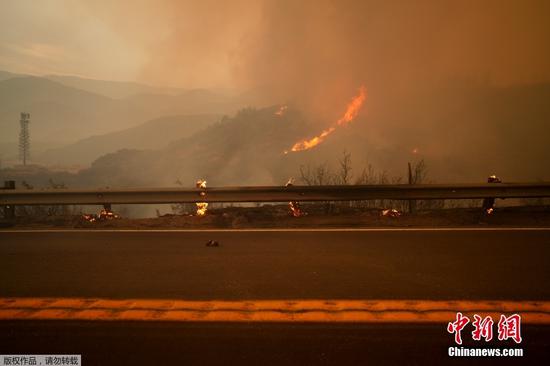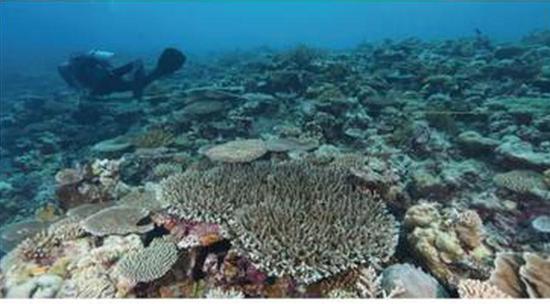(ECNS) -- China’s second comprehensive scientific expedition team to the Qinghai-Xizang Plateau has set a new record by reaching a drilling depth of 750 meters in Lunpola Basin, according to the Institute of Tibetan Plateau Research under the Chinese Academy of Sciences (CAS).

This environmental science drilling team, led by Chinese academician Fang Xiaomin, aims to reach depth more than 1,000 meters.
Chen Fahu, CAS academician and chief scientist of the Basic Science Center for Tibetan Plateau Earth System (CTPES), noted that this drilling initiative in the Lunpola Basin is of great importance to study the formation of Qinghai-Xizang Plateau, the environmental, ecological and biological adaptation in the process as well as the climate and environmental changes afterwards.
With an average altitude of 4,600 meters, the Lunpola Basin is situated in the hinterland of the Qinghai-Xizang Plateau. It has accumulated the most continuous Cenozoic strata of the Plateau dating back to 55 million years, which makes it a key region for studying the Plateau’s tectonic features, climate, biology and ecology as well as their co-evolution.
Over the past 20 years, Fang and his team have established a high-precision paleomagnetic chronological sequence of the Cenozoic strata in the basin by resorting to the absolute dating of volcanic tuff.
Their findings show that the Lunpola Basin has two distinct phases in its evolution and deformation -- the early slow subsident stage dating back to at least 42 million to 26 million years and the later rapid uplift stage from about 26 million to 20 million years ago.
According to the institute, the research team will conduct multidisciplinary and comparative analyses of paleoclimate, paleobiology, and paleoecological environments, along with tectonics, sedimentology, and geochemistry in the future, to reveal the history of the Asian monsoon's entry into the Tibetan Plateau over the past 40 million years, the co-evolution of climate, environment, and biodiversity in the heart of the Qinghai-Xizang Plateau as well as the formation processes of hydrocarbon source rocks and arid salt lake deposits.


















































 京公网安备 11010202009201号
京公网安备 11010202009201号